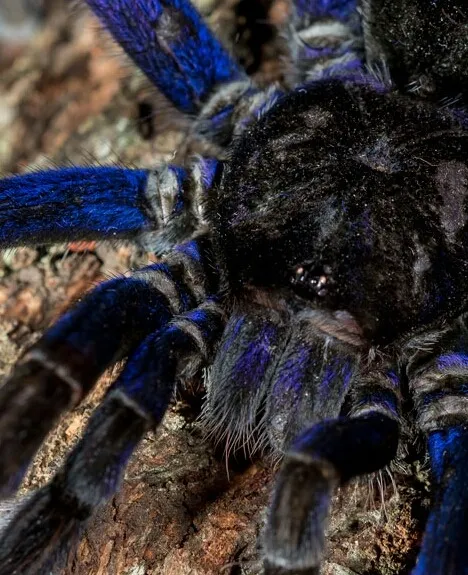What is a Mexican Beauty Tarantula (Overview)
The Mexican Beauty Tarantula, scientifically known as Brachypelma vagans, is a captivating and popular species within the tarantula family. Known for its striking appearance and relatively docile temperament, it’s a favorite among both beginner and experienced arachnid enthusiasts. These spiders are native to the tropical regions of Mexico and Central America, and have become well-established in the pet trade due to their beauty and manageable care requirements. They are terrestrial spiders, meaning they spend most of their time on the ground rather than climbing. The Mexican Beauty Tarantula is a fascinating creature, offering a unique glimpse into the world of invertebrates. Understanding its characteristics and needs is crucial for anyone considering keeping one as a pet.
Appearance and Characteristics
Size and Coloration
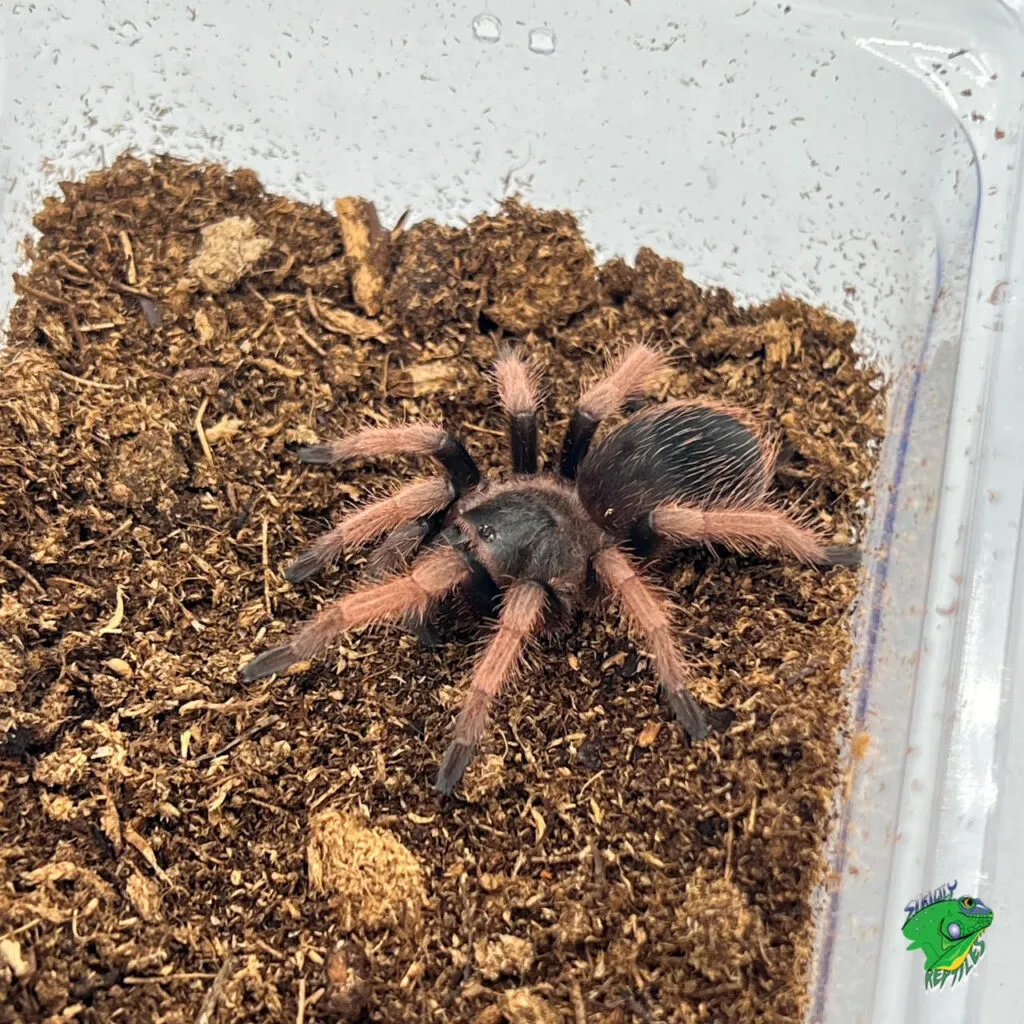
Mexican Beauty Tarantulas are medium-sized tarantulas. They typically have a leg span ranging from 5 to 6 inches, with females often being larger than males. Their coloration is striking; the carapace, or the top shell of the spider, is typically a rich, dark brown or black. The legs are a deep black color, sometimes with reddish hairs. The abdomen is covered in dark hairs, which can vary in shade depending on the individual spider. This combination of colors gives them a truly elegant appearance, contributing to their ‘beauty’ namesake. As they mature, the colors may deepen, adding to their visual appeal. Regular molting allows them to grow and refresh their vibrant appearance. Check the image of the size on your search!
Lifespan and Growth
One of the appealing aspects of owning a Mexican Beauty Tarantula is its relatively long lifespan. Females can live for up to 10-15 years, or even longer under optimal care conditions. This longevity makes them a long-term commitment for any pet owner. Males, on the other hand, have a shorter lifespan, typically living only a few years after reaching maturity. Growth occurs through molting, where the spider sheds its exoskeleton to accommodate its increasing size. Young tarantulas molt frequently, sometimes every few months, while adults molt less often, perhaps once a year. Proper nutrition and environmental conditions play a key role in their growth and overall health. If you can see a young specimen be sure to take care of it!
Origin and Habitat
Native Region
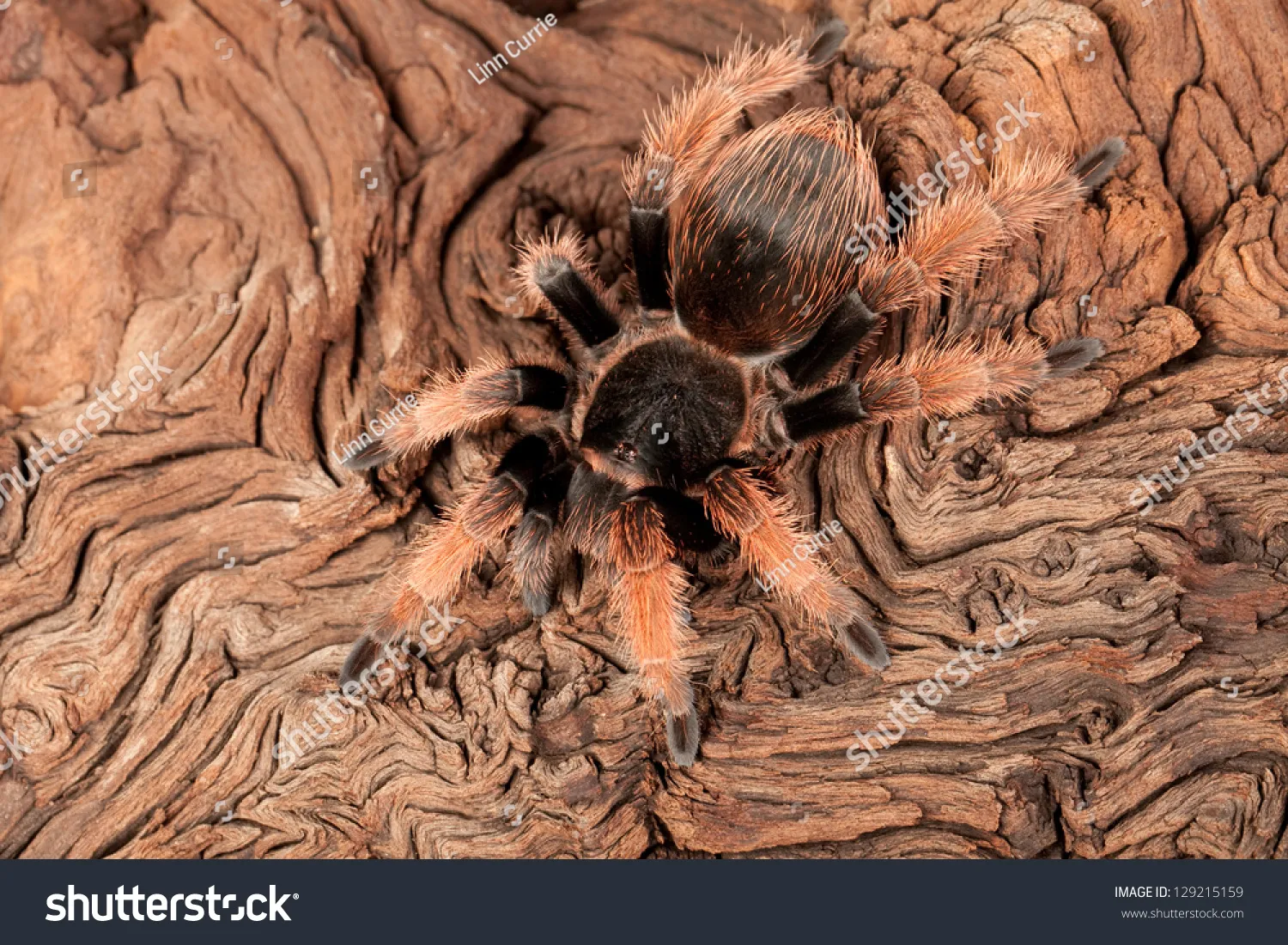
As their name suggests, Mexican Beauty Tarantulas are native to Mexico and Central America. Their natural habitat encompasses various environments, including tropical forests, grasslands, and scrublands. They are primarily found in areas with warm temperatures and moderate humidity, conditions that are crucial for their survival and well-being. Understanding their origin helps in replicating their natural environment when keeping them in captivity. Protecting their natural habitat is also vital to conservation efforts. They often take shelter in burrows or under rocks and logs, where they can regulate their body temperature and humidity levels.
Preferred Environment
In their natural habitat, these tarantulas prefer warm and humid environments. They are often found in areas with a temperature range of 75-85°F (24-29°C) and humidity levels between 60-70%. The substrate in their natural environment consists of soil, leaf litter, and other organic materials. They typically create burrows or utilize existing shelters to hide from predators and regulate their environment. Providing similar conditions in captivity is crucial for the tarantula’s health and happiness. The presence of vegetation and access to fresh water also contributes to their well-being. They are well-adapted to their environment, using their coloration to camouflage and their behaviors to find food and shelter.
Behavior and Temperament
Defensive Mechanisms
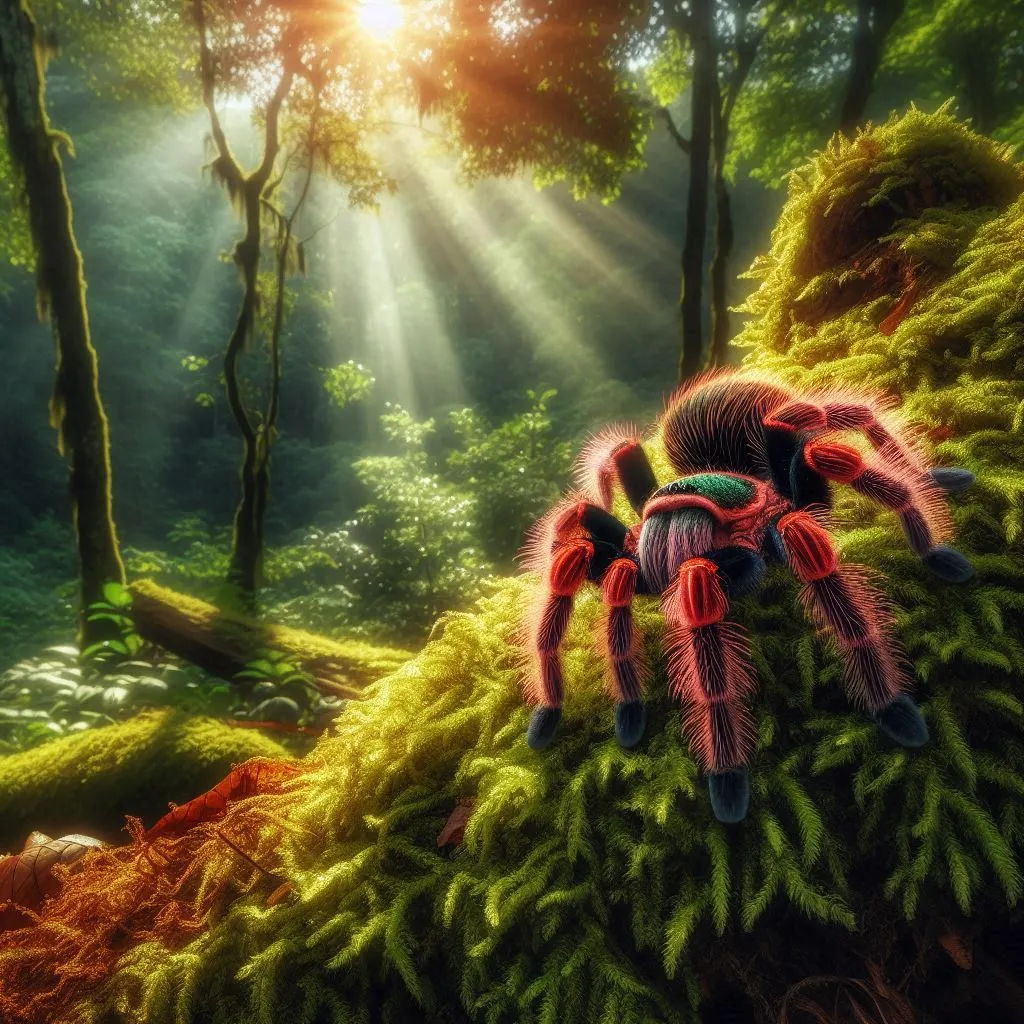
Mexican Beauty Tarantulas are known for their relatively docile temperament, making them a popular choice for pet owners. However, like all tarantulas, they possess defensive mechanisms. One common defense is flicking urticating hairs from their abdomen, which can cause skin irritation in humans if they come into contact. They may also bite if they feel threatened, although bites are not usually medically significant, resembling a bee sting. These behaviors are typically a last resort; they prefer to retreat or display warning postures before resorting to aggression. Understanding their defensive behaviors is essential for responsible pet ownership, promoting safe handling and preventing unnecessary stress to the spider. Check the image of defense mechanisms on your search!
Common Behaviors
These tarantulas are primarily nocturnal, meaning they are most active during the night. They spend much of their time hiding in burrows or under shelters during the day. They are ambush predators, waiting patiently for prey to come within reach. Common behaviors include burrowing, web-spinning, and exploring their enclosure. When they feel threatened, they may raise their front legs and expose their fangs as a warning. Molting is another significant behavior, during which they shed their exoskeleton to grow. They will often stop eating a few weeks before molting. Observing these behaviors can provide insight into the spider’s well-being and help you understand their needs. Careful observation can help you learn more about the habits of your pet.
Diet and Feeding Habits
What They Eat
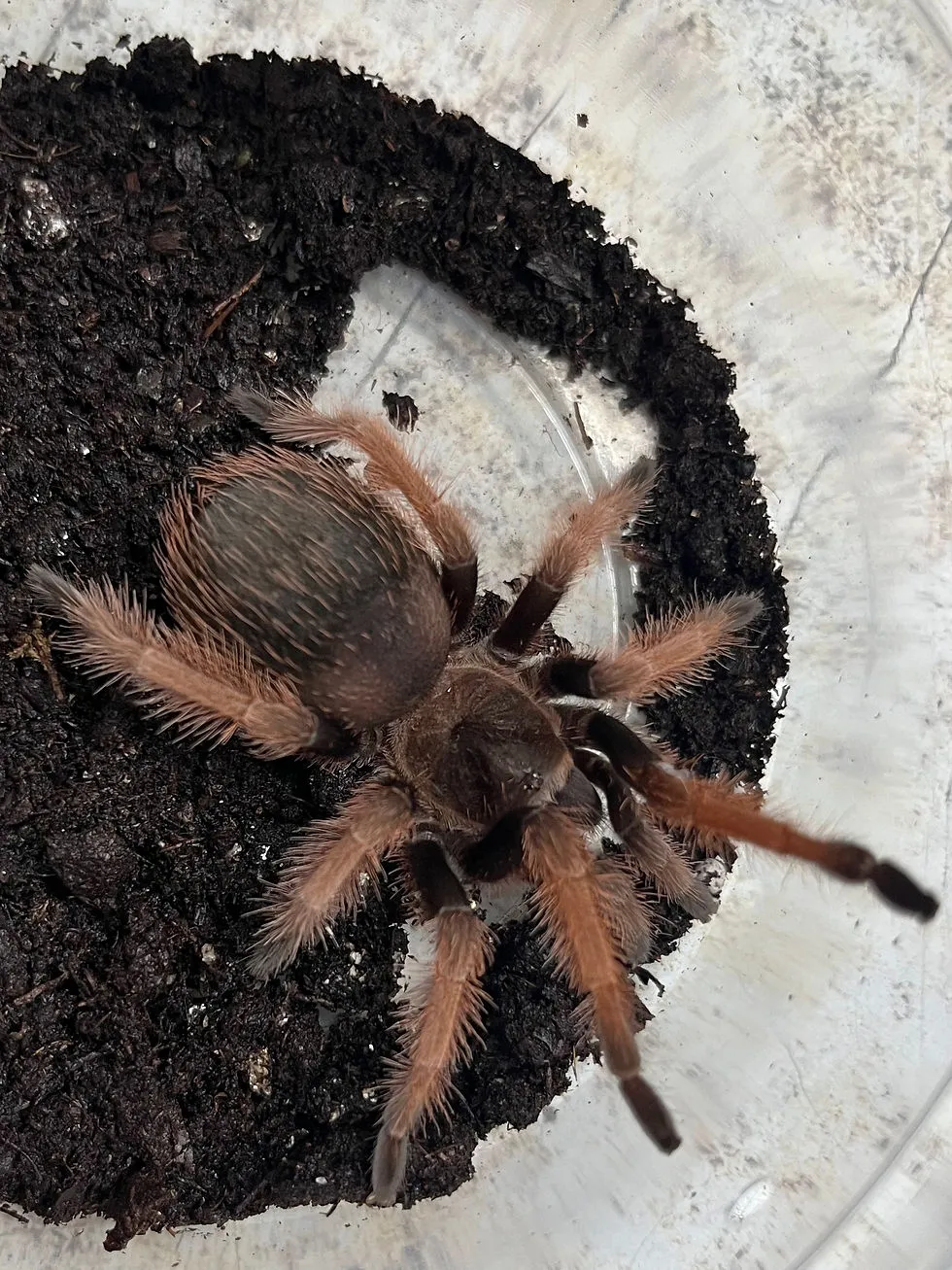
Mexican Beauty Tarantulas are carnivores, feeding primarily on insects in the wild. Their diet typically includes crickets, mealworms, cockroaches, and other invertebrates. In captivity, these spiders can be easily fed with commercially available insects. The size of the prey should be appropriate for the size of the tarantula; it’s generally recommended that prey be no larger than the tarantula’s body. They also get their nutrition from drinking water. Variety in their diet is important to ensure they receive the necessary nutrients. Avoid feeding them insects collected from outside, as these can carry parasites or pesticides that can harm your pet. Always provide fresh water in a shallow dish. Check the image of the food on your search!
Feeding Frequency
The feeding frequency of a Mexican Beauty Tarantula depends on its age and size. Spiderlings and juveniles typically need to be fed more frequently, often twice a week. Adult tarantulas can be fed less often, typically once or twice a week. Overfeeding can lead to obesity and potential health problems. Always observe the tarantula’s behavior and adjust feeding accordingly. If it refuses food, it could be preparing to molt. Provide a varied diet of appropriately sized insects to ensure optimal health and growth. Uneaten food should be removed from the enclosure within 24 hours to prevent the growth of mold or mites. Regular feeding is essential to keep your spider healthy.
Captive Care Tips
Housing Requirements
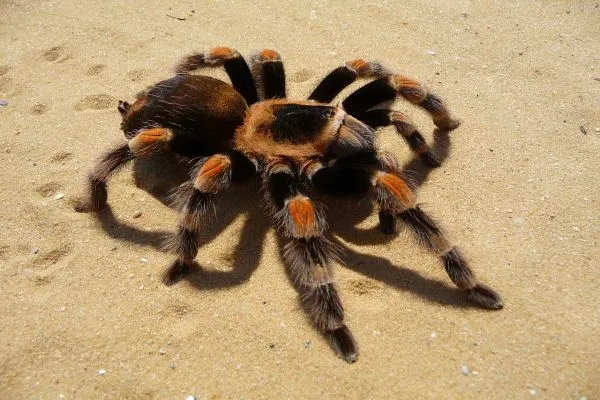
Enclosure Size and Setup
Choosing the right enclosure is crucial for the well-being of your Mexican Beauty Tarantula. A glass or plastic terrarium is typically recommended, with the size depending on the spider’s size. A juvenile tarantula can thrive in a smaller enclosure, such as a 5-10 gallon tank, while an adult will need a larger one, around 10-20 gallons. The enclosure should have a secure lid to prevent escape. The setup should include a substrate, a water dish, and some form of shelter, such as a piece of cork bark or a hide. The enclosure should also have enough space for the tarantula to move around comfortably. Ventilation is also essential to maintain air quality. The enclosure should provide a natural environment. Check the image of the enclosure on your search!
Substrate and Decor
The substrate is the bedding material that lines the bottom of the enclosure and is an essential element of creating a suitable environment. The best substrate for a Mexican Beauty Tarantula is a mix of coconut fiber, peat moss, and a little bit of vermiculite. This mixture holds moisture well and allows the spider to burrow. The substrate should be deep enough for the tarantula to burrow, usually around 4-6 inches. Decor can include cork bark, artificial plants, and other naturalistic elements to create a more visually appealing and enriching environment. Avoid sharp objects or anything that could harm the tarantula. Be sure to avoid using any items with sharp edges. You can buy decorations in most pet stores.
Temperature and Humidity
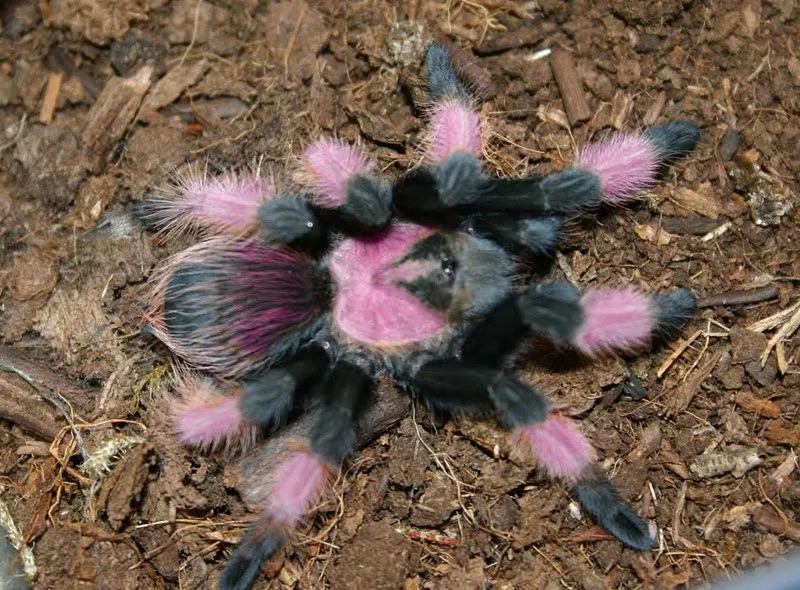
Maintaining the Right Environment
Maintaining the correct temperature and humidity levels is vital for the health of your Mexican Beauty Tarantula. The ideal temperature range is between 75-85°F (24-29°C). A heat mat can be used to maintain this temperature, but it should only cover a portion of the enclosure to allow the tarantula to thermoregulate. Humidity should be maintained between 60-70%. This can be achieved by misting the enclosure with water a few times a week, or by providing a water dish. Ventilation is also necessary to prevent the buildup of mold and maintain air quality. Avoid placing the enclosure in direct sunlight or near heat sources that could cause temperature fluctuations. The correct temperature and humidity are essential for your spider’s health.
Monitoring and Adjustments
Regular monitoring of temperature and humidity is crucial. Use a thermometer and hygrometer to monitor the conditions within the enclosure. Adjust the heating and misting schedule as needed to maintain the correct levels. Observe your tarantula’s behavior; if it’s spending a lot of time in one area of the enclosure, it might be a sign that the temperature or humidity is not right. If the enclosure becomes too dry, the tarantula might have trouble molting. If it’s too humid, it can lead to mold and fungal growth. Consistent monitoring helps prevent health problems and ensures your tarantula thrives. Make the proper adjustments to keep your pet happy.
Health and Common Issues
Identifying Health Problems
It’s important to be able to identify potential health problems in your Mexican Beauty Tarantula. Some signs of illness include loss of appetite, lethargy, unusual posture, and difficulty moving. If the tarantula appears weak or uncoordinated, it could be a sign of a problem. A swollen abdomen or unusual discharge could also indicate a health issue. If you notice any of these signs, consult with an experienced tarantula keeper or a veterinarian familiar with arachnids. Early detection and intervention can improve the chances of successful treatment. The health problems can arise in your pet.
Preventative Care
Preventative care is essential for keeping your Mexican Beauty Tarantula healthy. This includes providing a clean and properly maintained enclosure, a balanced diet, and the correct temperature and humidity. Regular cleaning of the enclosure is crucial to prevent the growth of mold or bacteria. Ensure the water dish is always clean and filled with fresh water. Avoid using pesticides or chemicals near the enclosure. Quarantine any new tarantulas before introducing them to your existing collection. Proper handling and regular observation can help prevent and detect health problems early. Keep the area around the tank clean and make sure the spider has a nice clean place to live.
Mexican Beauty Tarantula Breeding
Mating Process
Breeding Mexican Beauty Tarantulas in captivity requires careful planning and preparation. The process typically begins with introducing a mature male to a female’s enclosure. The male will often drum on the substrate to attract the female. If the female is receptive, the mating process can begin. It’s important to monitor the interaction closely to ensure the safety of both tarantulas. The male will use special hooks on his front legs to hold the female’s fangs while he deposits sperm into her epigastric furrow. After mating, it’s essential to separate the male from the female to prevent him from being eaten. Breeding can be a rewarding experience for the spider owner.
Egg Sac and Spiderlings
Once the female has mated, she will produce an egg sac, which contains a large number of eggs. The female will carefully guard the egg sac, and the incubation period can last several weeks. After the eggs hatch, the spiderlings will emerge. They will initially stay close to the female for a short time. The spiderlings are very small and require specialized care. They need to be fed small, appropriately sized prey items, such as fruit flies or pinhead crickets. It is important to separate the spiderlings into individual enclosures as they grow to prevent cannibalism. The care and time to breed a spider is long.
Conclusion
The Mexican Beauty Tarantula is a fascinating and rewarding pet for those who are prepared to provide proper care. With their striking appearance, docile temperament, and relatively long lifespans, these spiders offer a unique glimpse into the world of arachnids. By understanding their needs, including their housing, diet, and environmental requirements, you can ensure your tarantula lives a long and healthy life. Responsible pet ownership includes providing the right environment. Whether you’re a beginner or an experienced enthusiast, the Mexican Beauty Tarantula can make a wonderful addition to your home. Enjoy the beauty of this wonderful creature. Providing the proper environment can be a fantastic experience.
